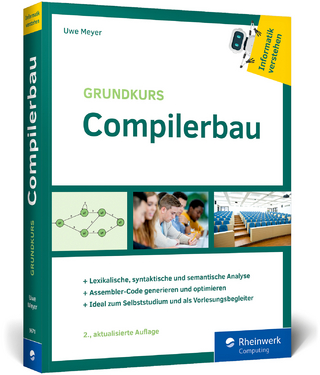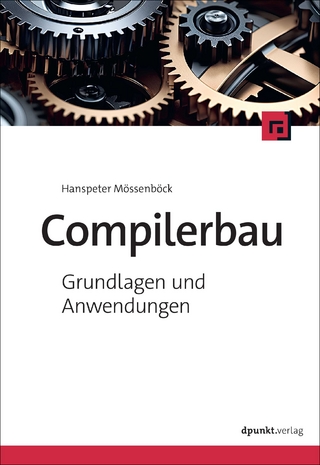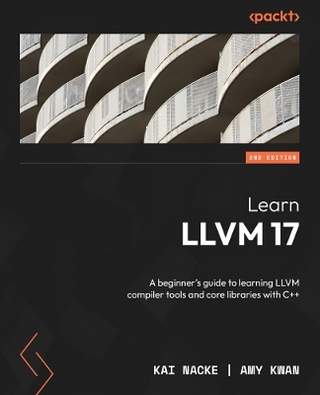
An APL Compiler
Springer-Verlag New York Inc.
978-0-387-96643-4 (ISBN)
Presents the results of an investigation into the issues
raised by the development of a compiler for APL, a very high
level computer programming language. APL presents a number
of novel problems for a compiler writer: weak variable
typing, run time changes in variable shape, and a host of
primitive operations. Through the integration of several
recently developed compiler construction techniques, such as
data flow analysis, and a novel and space efficient demand
driven or lazy evaluation approach to code generation, the
author has been able to produce a true compiler for the
language while still maintaining the felxibility and ease
that are the hallmarks of APL.
1. Why A Compiler ?.- 1.1. APL Terminology.- 1.2. The Disadvantages of a Compiler.- 1.3. The Compiler Passes.- 1.4. Compiling for a Vector Machine.- 2. The Inferencing Pass.- 2.1. A Hierarchy of Attributes.- 2.2. Expression Flow Analysis.- 2.3. Intraprocedural Dataflow Analysis.- 2.4. Interprocedural Dataflow Analysis.- 2.5. An Example - The Spiral of Primes.- 3. Code Generation Overview.- 3.1. Demand Driven Evaluation.- 3.2. Boxes.- 3.3. When Not to use Space Efficient Evaluation.- 3.4. A Note on Notation.- 4. Simple Space Efficient Functions.- 4.1. Assignment.- 4.2. Leaves.- 4.3. Primitive Scalar functions.- 4.4. Ravel, Reshape and Iota.- 4.5. Outer Product.- 4.6. Subscripting.- 4.7. Mod and Div.- 5. Further Space Efficient Functions.- 5.1. Expansion Vectors.- 5.2. Reduction.- 5.3. Scan.- 5.4. Compression and Expansion.- 5.5. Catenation.- 5.6. Dyadic Rotation.- 5.7. Inner Product and Decode.- 6. Structural Functions.- 6.1. Computing the Stepper.- 6.2. The Accessor.- 6.3. Sequential Access.- 6.4. A Nonobvious Optimization.- 7. Space Inefficient Functions.- 7.1. Semi Space Efficient Functions.- 7.2. Collectors.- 7.3. Branching.- 8. Compiling for a Vector Machine.- 8.1. Machine Model.- 8.2. Columns and Request Forms.- 8.3. Code Generation.- 9. Epilogue.- Appendix 1. The Language of the APL Compiler.- Appendix 2. A Simple Example.- A Critique.- Appendix 3. A Longer Example.- References.
| Erscheint lt. Verlag | 8.12.1987 |
|---|---|
| Zusatzinfo | XI, 156 p. |
| Verlagsort | New York, NY |
| Sprache | englisch |
| Maße | 155 x 235 mm |
| Themenwelt | Mathematik / Informatik ► Informatik ► Programmiersprachen / -werkzeuge |
| Informatik ► Theorie / Studium ► Compilerbau | |
| ISBN-10 | 0-387-96643-9 / 0387966439 |
| ISBN-13 | 978-0-387-96643-4 / 9780387966434 |
| Zustand | Neuware |
| Haben Sie eine Frage zum Produkt? |
aus dem Bereich


